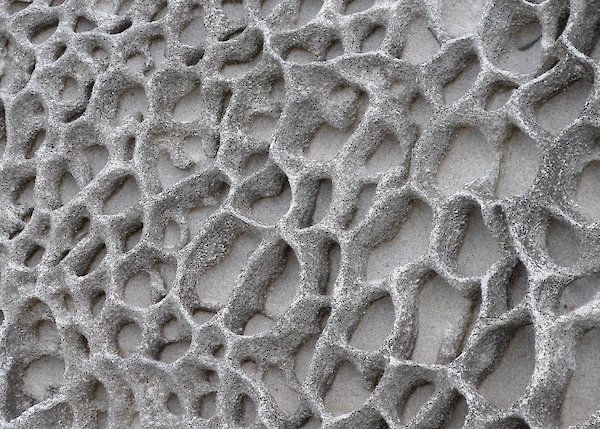Speakers
Michael van Gessel
was educated as a landscape architect at the University of Wageningen (1978), he is active in the broader field of landscape architecture and urbanism. Since 1997 he has worked as an independent advisor. Prior to this he was employed for eighteen years at Bureau B+B (urbanism and landscape architecture), the last seven as its director. He devotes half his time to the supervision of large scale projects such as: the development of the Belvédère in Maastricht; the development of the former harbour area in Amsterdam, IJ-oevers; the renovation of the Vondel Park in Amsterdam; and the renovation and expansion of Artis, the Amsterdam Zoo. Landscape architectural projects take up the rest of his time. These projects amongst others include working on new parks (Stadspark and Waterpark Osdorp in Amsterdam, the Museum Park at the Oranjewoud estate in Heerenveen, and Kromhoutpark in Tilburg) and the renovation of old city parks and estates (Rijsterborgherpark in Deventer, Valkenbergpark in Breda, Oranjepark in Vlaardingen, Twickel in Delden, and De Haar Castle in Haarzuilens).
Shifting Sites
Revitalisation of the Aire River, Geneva
The project adresses a concrete canalized river that wasmade for flood control in the end of the nineteenth century and then up to the mid twentieth century. The watershed of the river – circa 100 square kilometers – is eighty percent in France, as most of the rivers of the State of Geneva, a State sharing only 6 kilometers of border with Switzerland‘s other cantons and 120 kilometers with the french territory.
The project is part of the “Master Plan for Geneva 2015” and of the program of revitalisation of urban streams. Commons goals are shared by Swiss and French administrations concerning quantity and quality of the river water and the collaboration is organized through a complex set ofstudies, reglementations and actions summarized in a »river contract« engaging both countries.
The project is at the heart of vast territorial reorganisations at work in the Aire flood plain, transformations aiming at establishing a new balance between urban development, agricultural production and a restoration of natural ecosystems of the river. In particular the program aims to reconstruct a web of natural sites along the streams, forming a set of “linear gardens” up to the very heart of the city. It recommends also to keep a free public access to the river banks, but in a way that the pressure on the natural environment is under an acceptable level.
The landscape structure proposed by the project assures both the protection against the flood, the presence of bilogical corridors and the capacity to accept the presence of social and productive activities.
